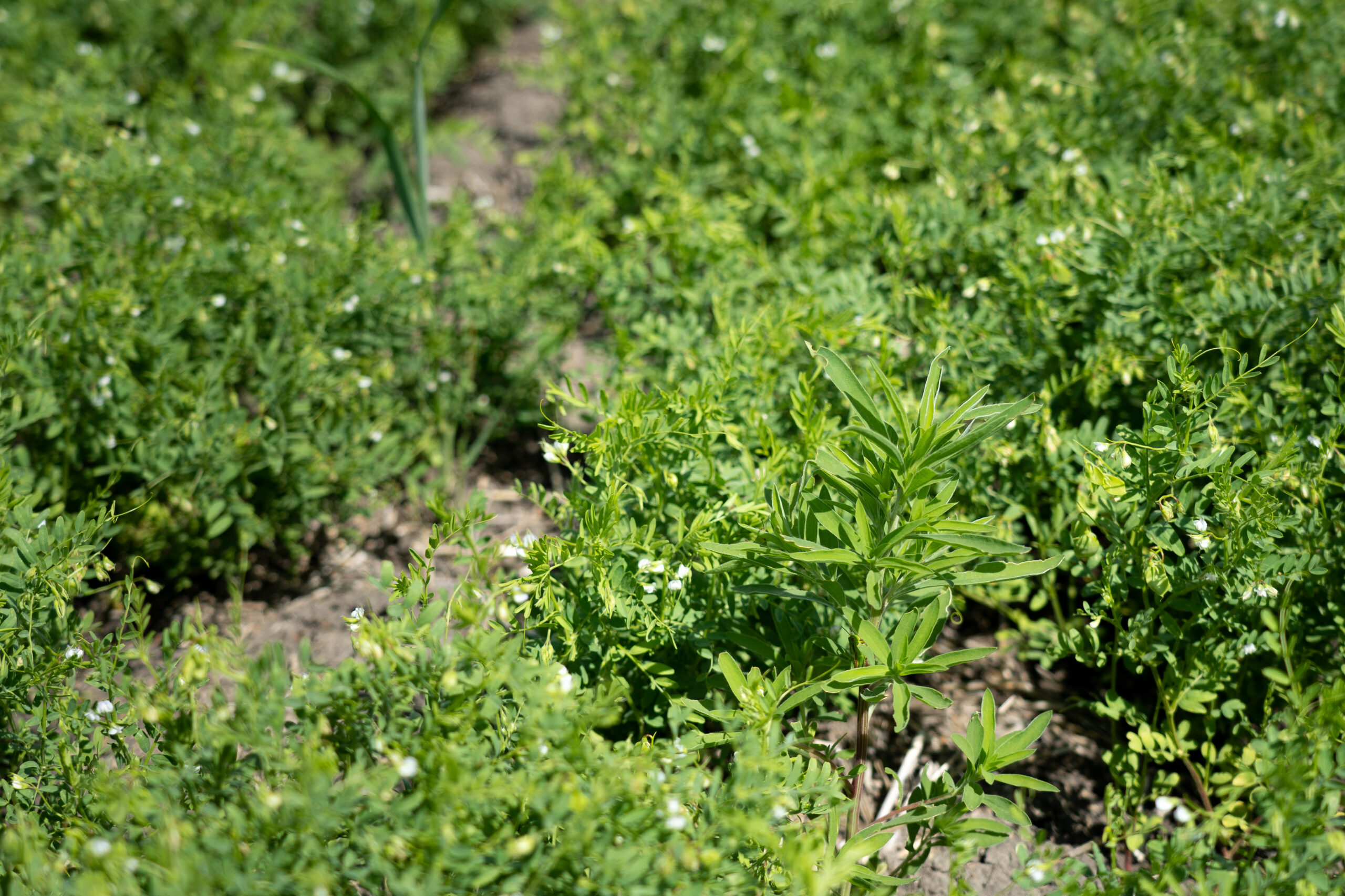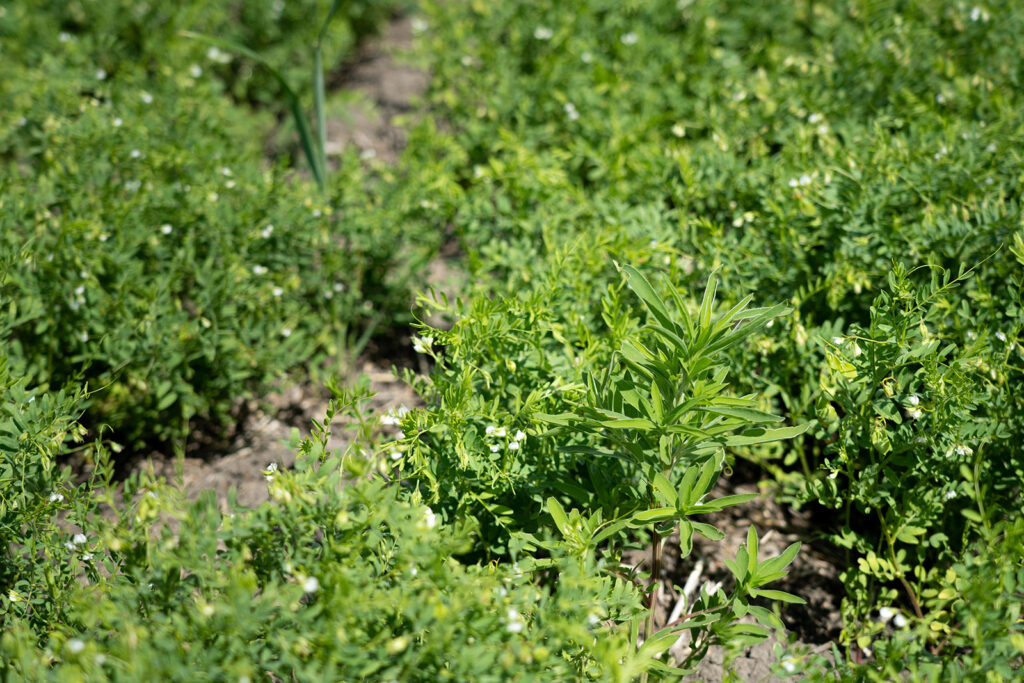
Identifying Herbicide Resistance
Weed control is an ongoing long-term process and herbicide resistance is on the rise every year. It is important to identify any patches or escapes. If you suspect herbicide resistance, it is important to identify the type of resistance so it can be controlled in the future. Signs of herbicide resistance include:
- Plants of the same or different species were controlled among ones that weren’t controlled
- Patches of one species that are spreading
- Weeds are not being controlled with the same herbicide and rate that controlled them in previous years
Assessing Application and Herbicide History
You should assess weather conditions at spraying, application problems, and weed size, in case they were the cause of the poor control. The field’s herbicide history is important, as it gives insight as to whether there was potential for resistance to develop if the active ingredient was used frequently in the past.
When escaped weeds go to seed and resistance is suspected, the next step is to collect samples to send to the lab for testing. Richardson Pioneer agronomists help with the timing of collection and identifying which lab is ideal to send samples to.
Testing for Herbicide Resistance
Weeds must be mature when collected but cannot have any pre-harvest applications done before collection. We recommend testing for the main herbicide families used to control the weed, not just the product sprayed. This additional testing can be helpful for establishing future options. There are also new testing methods for certain weeds, such as kochia, which can be tested for resistance through tissue samples.

The lab often needs time to send back results, so in the meantime, it’s common to plan a fall application. The fall application should be a residual herbicide from a different group if it’s a fit for next season’s crop in an effort to get the weed seed bank down. Once results come back, you—with the help of Richardson Pioneer staff—can make a long-term management plan.
Focus on:
- Tank mixing herbicides with more than one mode of action on the targeted weed
- Herbicide layering with residual products takes care of weeds before they emerge or when they are small
- Rotating herbicide groups and families
- Determining which crops are suited to each field, and planning a long-term rotation
- Reduce seed bank and selection pressure using cultural control methods
Increase Success Levels
Integrating cultural weed control methods can increase success levels. These methods include mowing patches before they go to seed, using narrower row spacing, placing fertilizer close to the seed instead of broadcasting, using higher seeding rates, varying seeding dates, and adding fall crops and perennials to the rotation if possible.
Be sure to monitor your fields and utilize many resources to ensure long-term success in controlling problem weeds.
For more information please contact your local Richardson Pioneer Ag Business Centre.
